𝑻𝒓𝒂𝒊𝒏𝒊𝒏𝒈 𝑴𝒆𝒄𝒉𝒂𝒏𝒊𝒙
𝐓𝐫𝐚𝐢𝐧𝐢𝐧𝐠 𝐢𝐧𝐟𝐫𝐚𝐬𝐭𝐫𝐮𝐜𝐭𝐮𝐫𝐞 – 𝐕𝐞𝐧𝐮𝐞
May it be an out-bound training or in-house… Venue is an important aspect of any Training Program. Its arrangements and facilities contribute largely in creating the overall training impact. How should the venue look like and what all amenities it should have depends on the Training Design. However, there are certain common factors which are required in any classroom training:
~ 𝐋𝐢𝐠𝐡𝐭 𝐚𝐫𝐫𝐚𝐧𝐠𝐞𝐦𝐞𝐧𝐭𝐬 – Use of audio-visuals is a part of almost all the training programs. However, this is not the only method and the facilitator doesn’t use it throughout. So, the Training hall should have both the arrangements where natural light can enter as well as one can shift to room lighting as per need.
Some training halls are designed in such a manner where there is no natural light. In that case, one should ensure that the room is well-lit and has alternatives to reduce the lighting.
Also, the placing of white board & flip chart stand as well as soft board should be such that the area has enough lighting without any reflection.
~ 𝐕𝐞𝐧𝐭𝐢𝐥𝐚𝐭𝐢𝐨𝐧 – Natural air or air conditioner with appropriate temperature in the room is necessary. Later is preferred as it allows to close windows and filter the background noises. But its temperature must be adjusted well. I have seen training programs facing distractions simply because of this factor. To avoid the same, this can be discussed and set as a part of ground rules.
~ 𝐁𝐚𝐬𝐢𝐜 𝐈𝐧𝐟𝐫𝐚𝐬𝐭𝐫𝐮𝐜𝐭𝐮𝐫𝐞 – Water bottles sufficient for the day as per number of participants, enough plug points at right locations, duster and white board markers placed near the board, screen adjusted to the eye-sight level of participants, while in the seating positions, flip chart stand, white board and screen all in the reach of the Facilitator so that the shift with different training aids can be made easily, soft board pins, a desk to keep all the training reference material and stationary – all of this is part of venue arrangement.
It is a responsibility of the Training Coordinator to ensure that all of this is arranged. Ideally, looking at the training design, the training venue should be visualized and arranged just the way the stage is arranged for any theater play or drama.
This not only saves time during the training program but also gives an assurance to participants that the place where they have come to learn has been treated and is looked at with sanctity. “No compromises & No adjustments’ approach of the Training team gives a clear message to trainees that the focus here is on learning and discipline is the first step there.
Do follow #TrainingMechanix to read everything about Training & the way Synergeze Consultants Private Limited approaches it. Will continue with this series… till then do share how you want the venue to be seen and also follow #VindaTheCatalyst
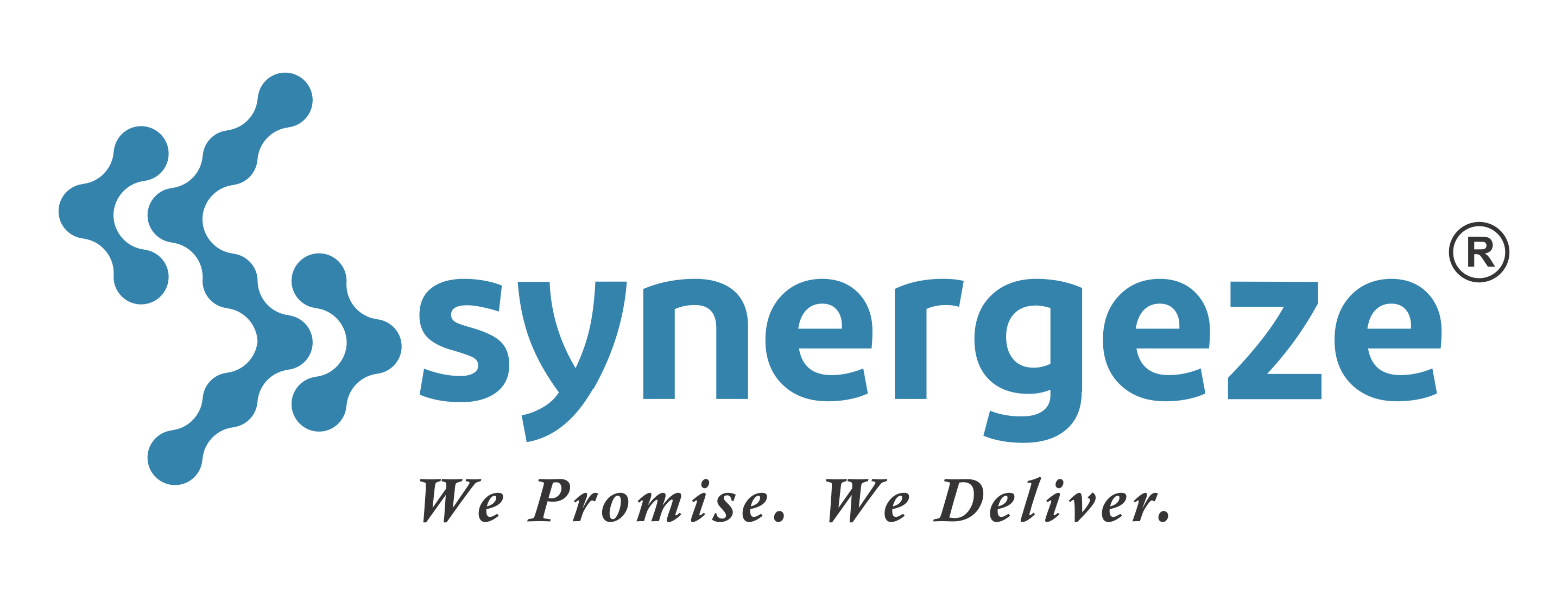
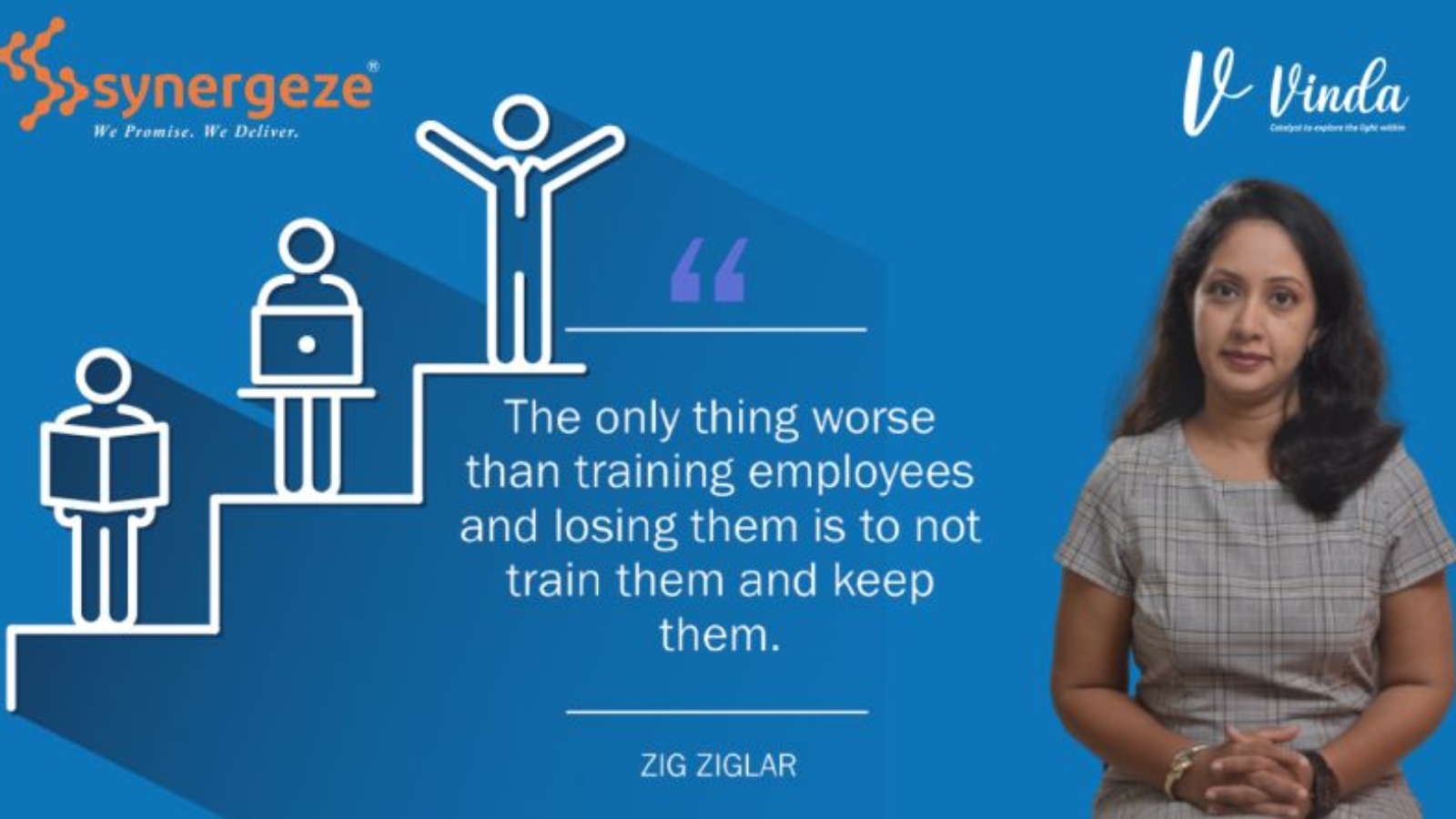

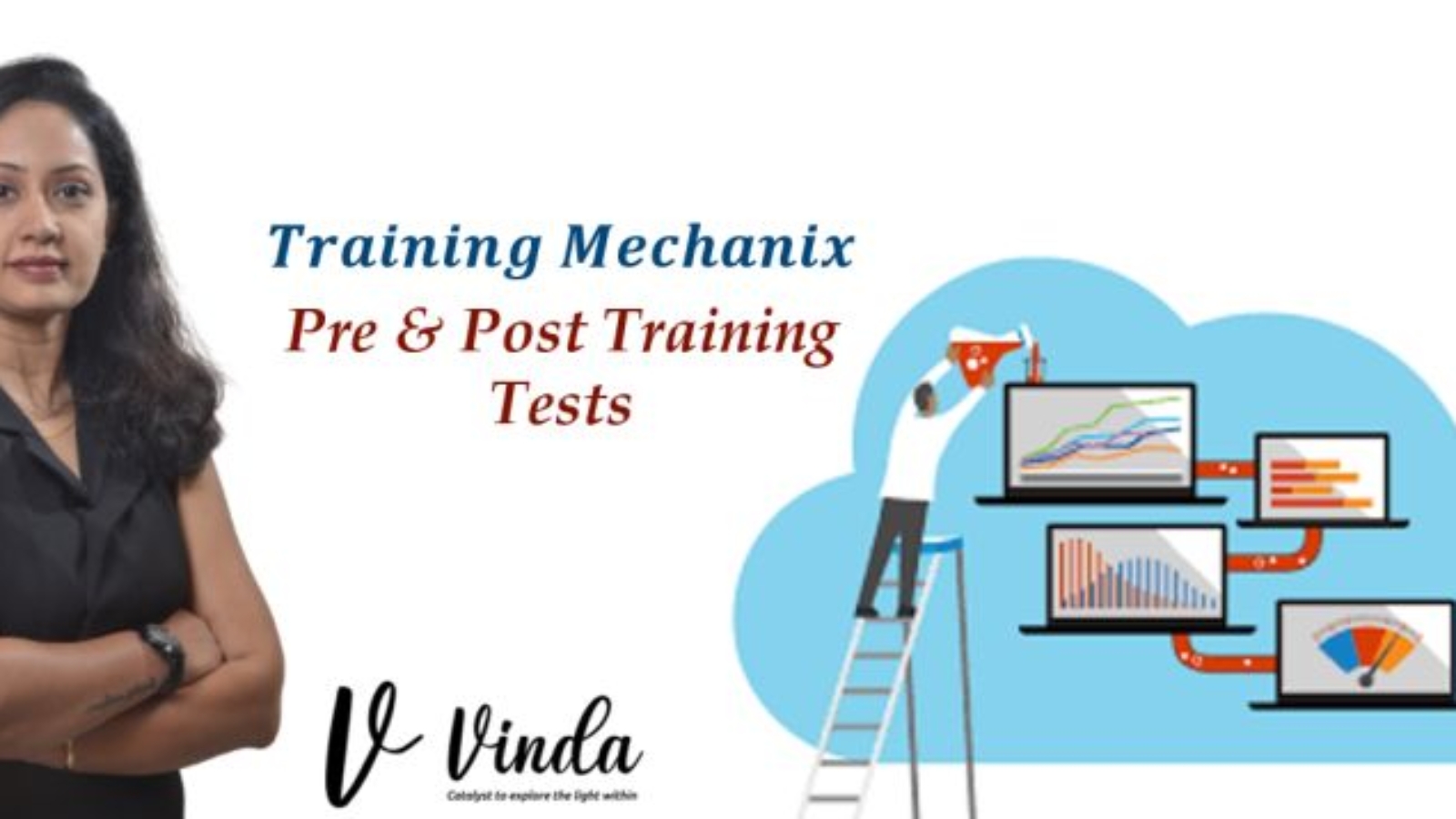
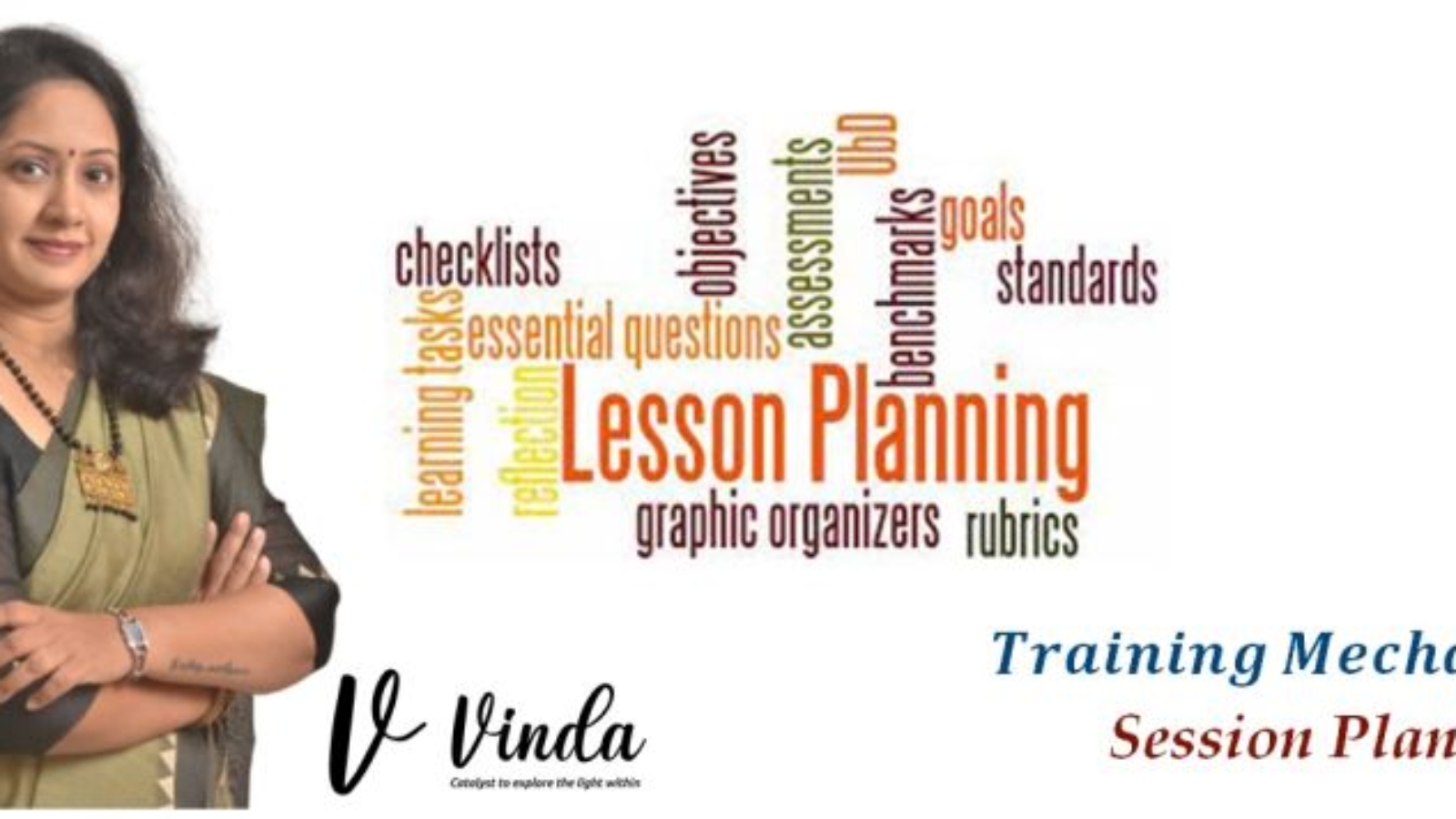
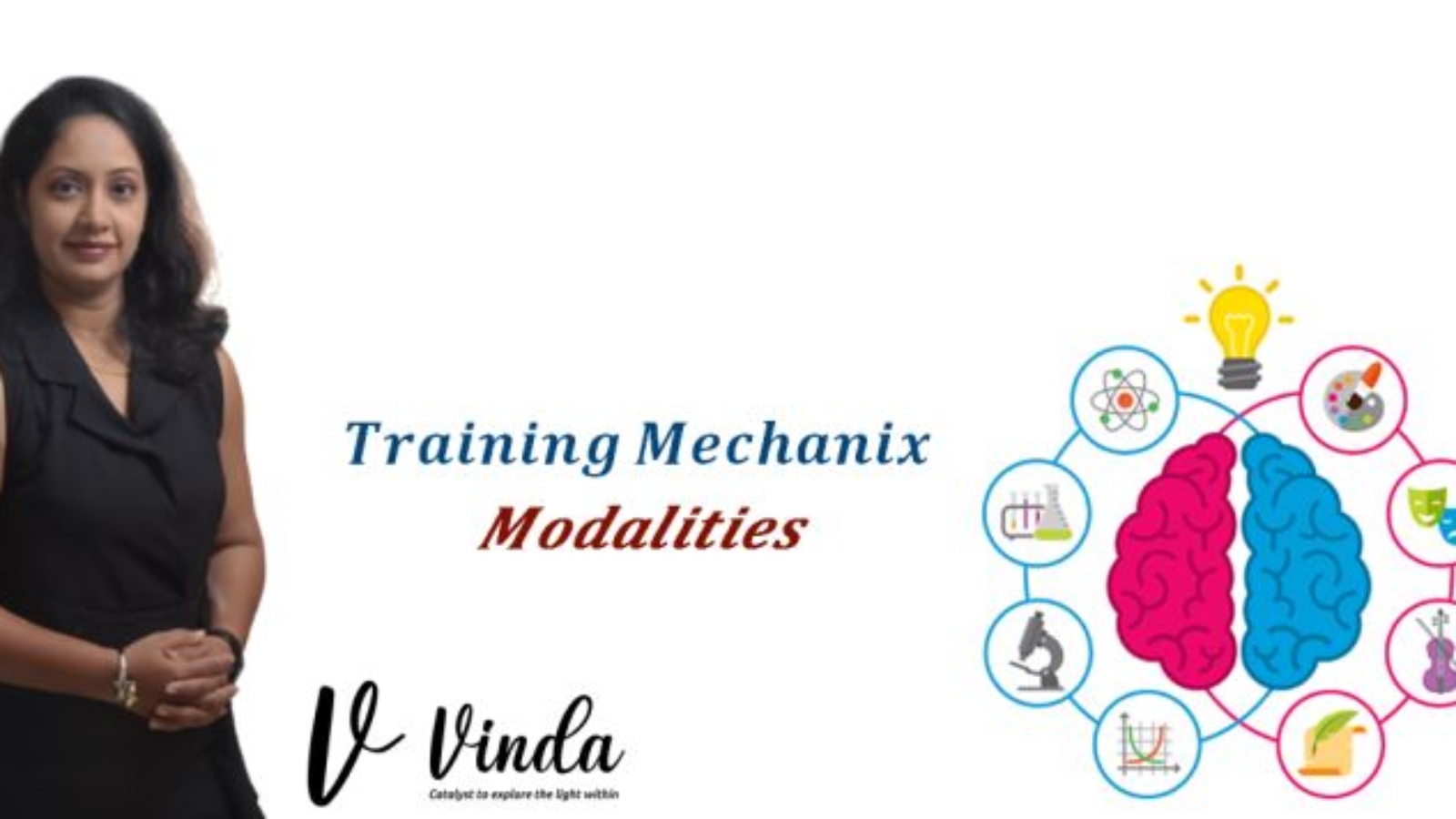
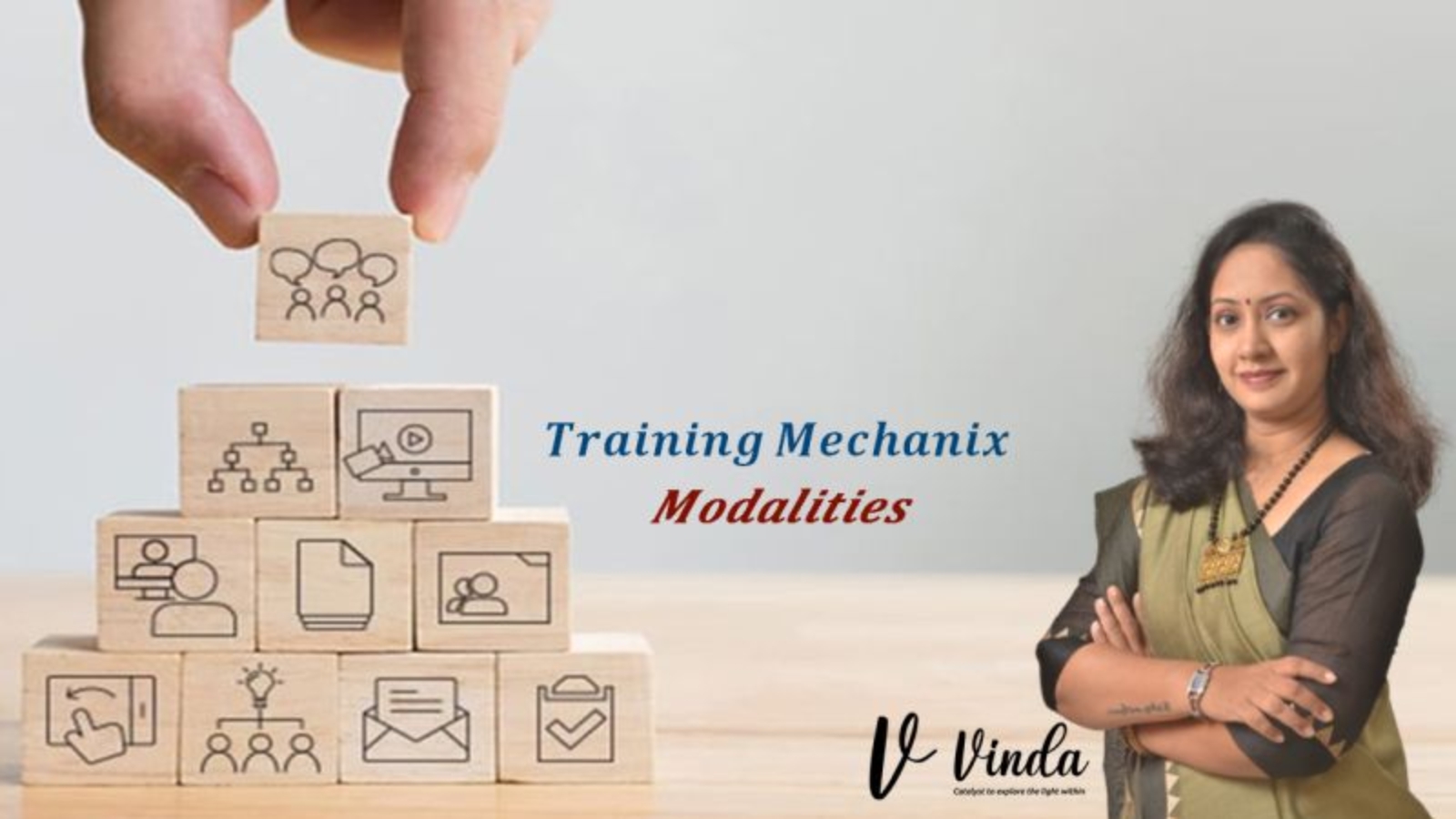
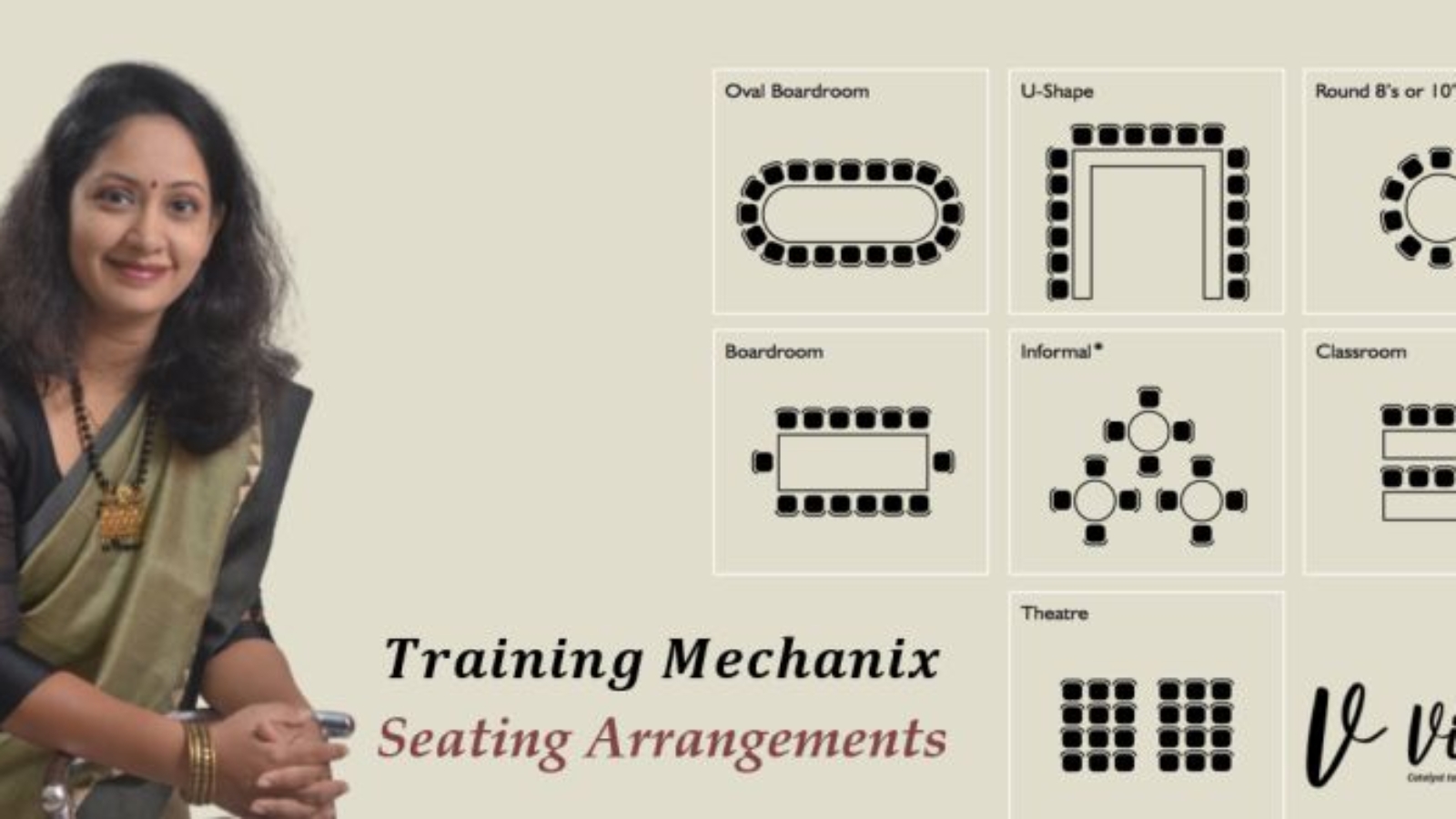
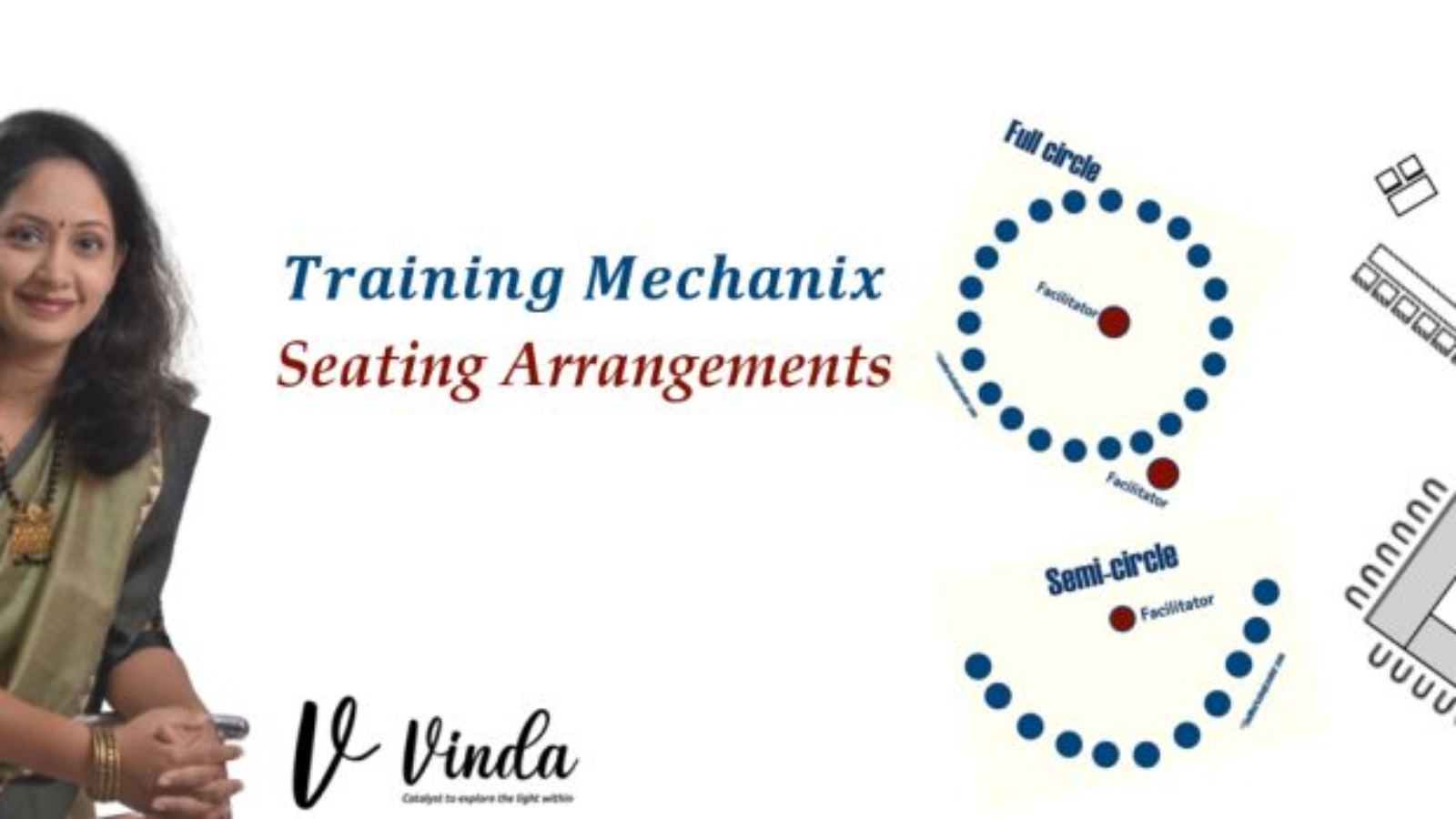
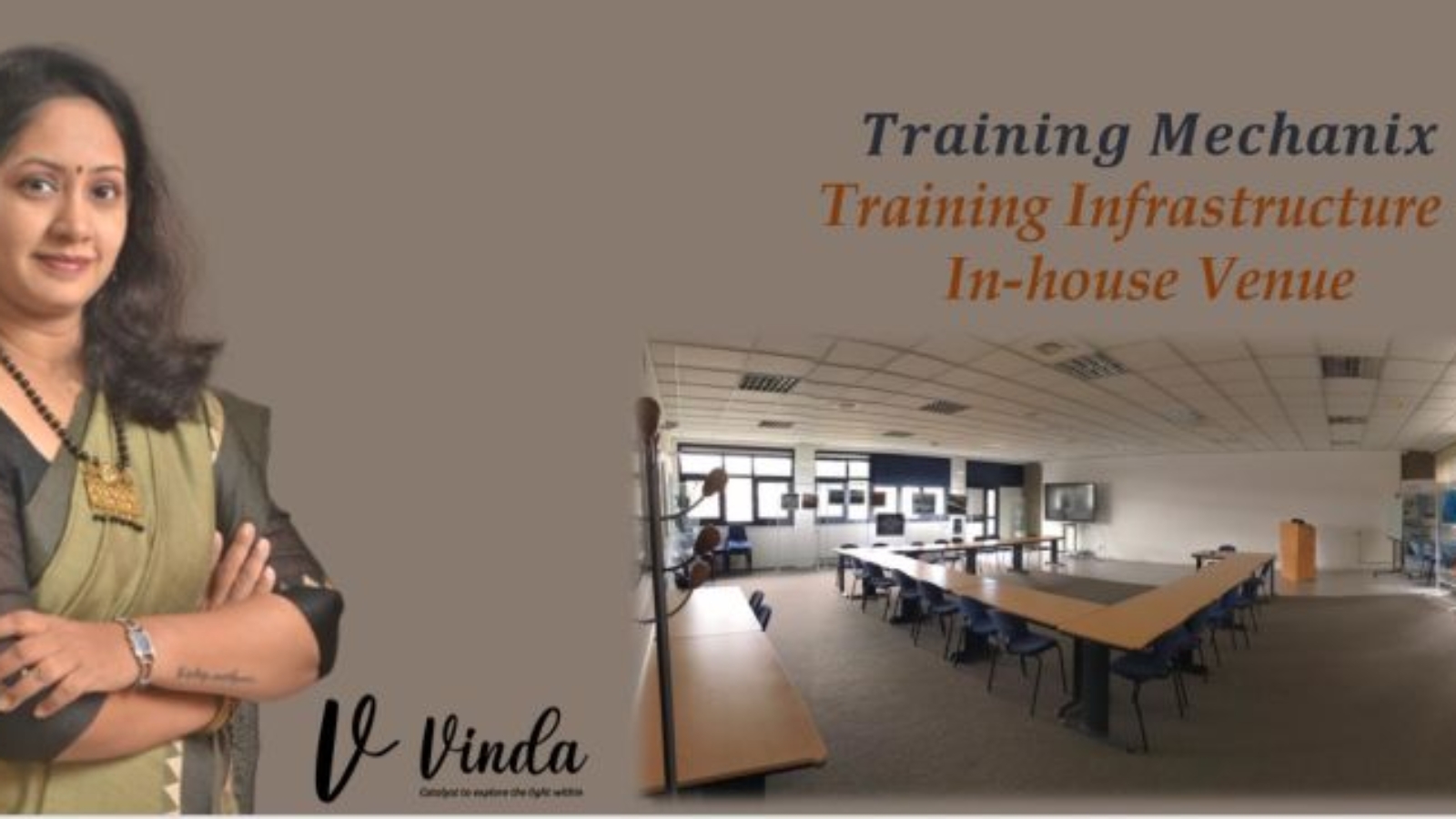
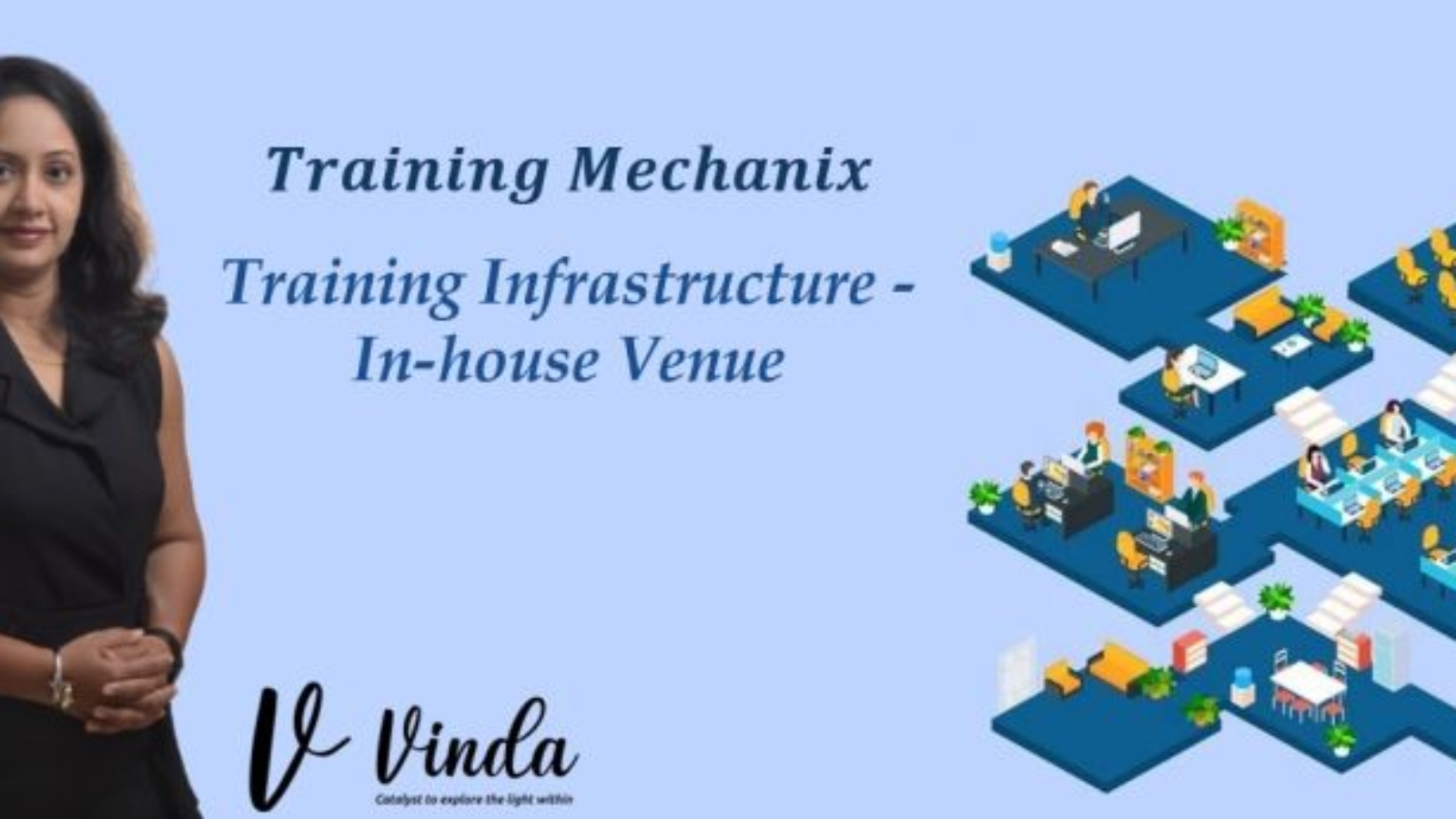
𝐓𝐫𝐚𝐢𝐧𝐢𝐧𝐠 𝐢𝐧𝐟𝐫𝐚𝐬𝐭𝐫𝐮𝐜𝐭𝐮𝐫𝐞 – 𝐒𝐞𝐚𝐭𝐢𝐧𝐠 𝐚𝐫𝐫𝐚𝐧𝐠𝐞𝐦𝐞𝐧𝐭𝐬
Continuing form previous post, the other seating arrangements are,
~ 𝐇𝐞𝐫𝐫𝐢𝐧𝐠 𝐁𝐨𝐧𝐞 – A space effective pattern for large numbers, maintaining a good angle to screen and offering a little space to Facilitator to walk through.
However, several participants get masked by others affecting the interaction between them despite being on the same table. If ‘group-discussion’ is going to be one of the methods, the participants have to change it as & when needed.
~ ‘𝐁𝐢𝐬𝐭𝐫𝐨’ / ‘𝐂𝐥𝐮𝐬𝐭𝐞𝐫𝐬’ – Ideal for team building sessions & small group workshops – this pattern encourages maximum participation & informal interactions. This arrangement offers open-mindedness without mention and also a good access to the Trainer to each group.
This fails if use of AV aids is going to be a largely used method. Also, the informal set-up needs a different level control to be established by the Trainer to avoid distractions due to cross-talking. Also there could be a possibility that trainees may look at the learning lightly or casually.
~ 𝐒𝐭𝐚𝐝𝐢𝐮𝐦 – This pattern is good for lecture-type presentations where one-way communication is expected. The participants need to interact with the facilitator only and cross-talks need to be avoided completely. This pattern offers better visibility to AVs & also very space-effective.
Back-rows in this pattern may feel alienated and the Trainer needs to pay special attention towards the participation of all.
There are certain aspects which help in choosing the right pattern for the training:
~ Research shows that distance reduces participation. More the distance from Trainer or AV aids, lesser would be the attention & connection.
~ Any kind of ‘row’ reduces interaction. Linear seating arrangement hampers the participation.
~ Frequent changes in seating patterns from session to session can be psychologically upsetting for participants. At repetitive sessions, participants will invariably sit in the same place.
~ Angry or cynical participants will attempt to move away from group seating pattern.
A facilitator being aware of these pointers will ensure to choose the right pattern which would definitely contribute to the learning process. Training Vertical of Synergeze Consultants Private Limited looks at training infrastructure as a part of learning process & hence pays close attention to these factors. Do connect with us to off-load your concerns & be rest assured of the desired results.
Till then also share your views about the preferred seating arrangement in comments.
#TrainingMechanix
#VindaTheCatalyst